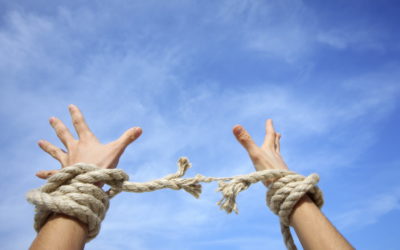Daniel Pink, the best-selling author of the newly released The Power of Regret, published another New York Times best-selling book in 2018 titled When: The Scientific Secrets of Perfect Timing. In that book, he reveals, through meticulous research, that, among other things, our cognitive ability doesn’t remain the same over the course of a day. We each have a peak, a trough, and a recovery. This is why, for example, it makes the most sense to have decision-oriented meetings in the morning and discussion/brainstorming meetings in the afternoon.
He also demonstrates that break science today is where sleep science was 15 years ago – in general, we should be taking more breaks and certain kinds of breaks throughout the day. This nicely trues up with MeetingScience’s recovery paradigm, wherein we encourage all Members (and indeed, the rest of the planet) to intentionally begin and end meetings with a 5 – 10 minute recovery break between each one. This gives you time to engage in breathwork, a physiological sigh, a non-sleep-deep-rest (NSDR) protocol, or simply time to use the bathroom.
We guarantee that you’ll learn something new from this Talks at Google session with Dan:
Bonus tip: Dan coined the term ‘napaccino’ which is the following:
- Set a timer on your phone for 25 minutes.
- This gives you 10 minutes to fall asleep and then 15 minutes to have a nap (any nap more than 20-30 minutes deprives your body of sleep pressure which will make it more difficult to fall asleep and stay asleep).
- Have a cup of coffee just before you take your nap. Coffee takes approximately 25 minutes to get into your bloodstream, so by the time you wake up from your nap, you’ll get a double hit of nap refreshment and caffeine stimulation.
Timing isn’t just everything – it’s the only thing.








